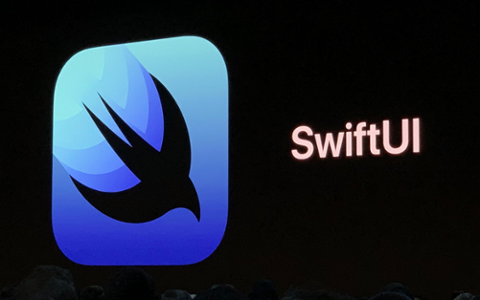Swift as a skill and iOS Developer roles are intrinsically intertwined. Earlier this year, we analyzed both and found each was in decline, and experiencing the same trends... but there’s a twist.
Programming language Swift began development in 2010, and was introduced at WWDC 2014 as the heir apparent to Objective-C. Over time it has matured, gaining critical features, and made itself useful outside the iOS ecosystem. With cross-platform apps slated to become part of Apple's ecosystem, Swift’s strength grows. A recent development positions it as a JavaScript replacement for the web.
So it’s no surprise we find the language as an in-demand skill within the Dice jobs database. It’s also no surprise that Swift is experiencing the same ebbs and flows as ‘iOS Developer’ roles. We isolated both, crunched some numbers, and discovered they adhered to the same trend-lines. Here’s the Swift chart, which represents ‘Swift’ as a skill employers are seeking:
As this chart demonstrates, the overall number of jobs calling for the skill 'Swift' is rising, but the most recent trend is concerning. As we find with many jobs, the beginning of the year shows a spike in listings, which we’ve identified as contract positions being re-listed by employers. After the new year, jobs typically slump a touch – which has much to do with those contracts being filled, either by the original contractor or another developer – and the “real” trend emerges. With Swift, it’s typically a Q1 spike with a lull in Q2, a surge in Q3, followed by a significant dip in Q4 (likely because companies are simply planning to post jobs at the beginning of the year).
2018 was different. Jobs continued to spike into Q2, and Q3 has seen a steep fall-off. Q4 2018 can be appreciated as a continuation of the previous quarter, though it’s not clear why 2018 was unique. It’s possible the Q4 ‘slump’ just happened early. We should also note that data is not yet available for 2019.
iOS Developer roles see the same trend. Here’s that chart:
The two charts look the same, and for good reason: iOS and Swift are very much braided.
The twist here lies with the numbers. Swift, when appreciated as a skill (or language) sees far more postings than iOS Developer roles. We tried to isolate another unique iOS role – “iOS Architect” – but it didn’t account for the massive divide between the language and iOS.
There are job titles our database doesn’t isolate specifically, like “iOS Engineer,” which contribute to these findings. There are also ‘macOS developer’ jobs, and we find a lot of other roles for disparate platforms that call for Swift knowledge as well.
Still, Swift as a skill outpaces the iOS developer job roughly 2:1. This tells us the ‘iOS Developer’ simply has a controlling stake in Swift, but does not dictate it. Swift doesn’t strictly follow every nuance of the ‘iOS Developer’ role as job postings are concerned, suggesting there are other factors buoying it ever so slightly. As the language grows more useful for server-side functionality and the web, expect iOS to take an increasingly smaller role in Swift’s energy. Not because those jobs are vanishing, but because Swift will simply get stronger.



